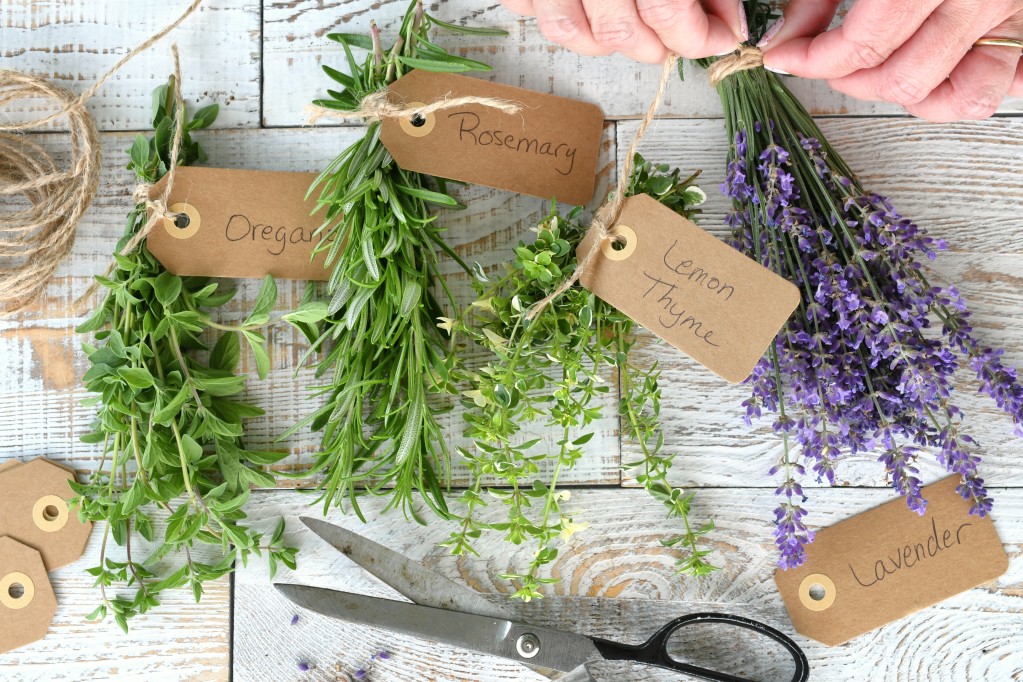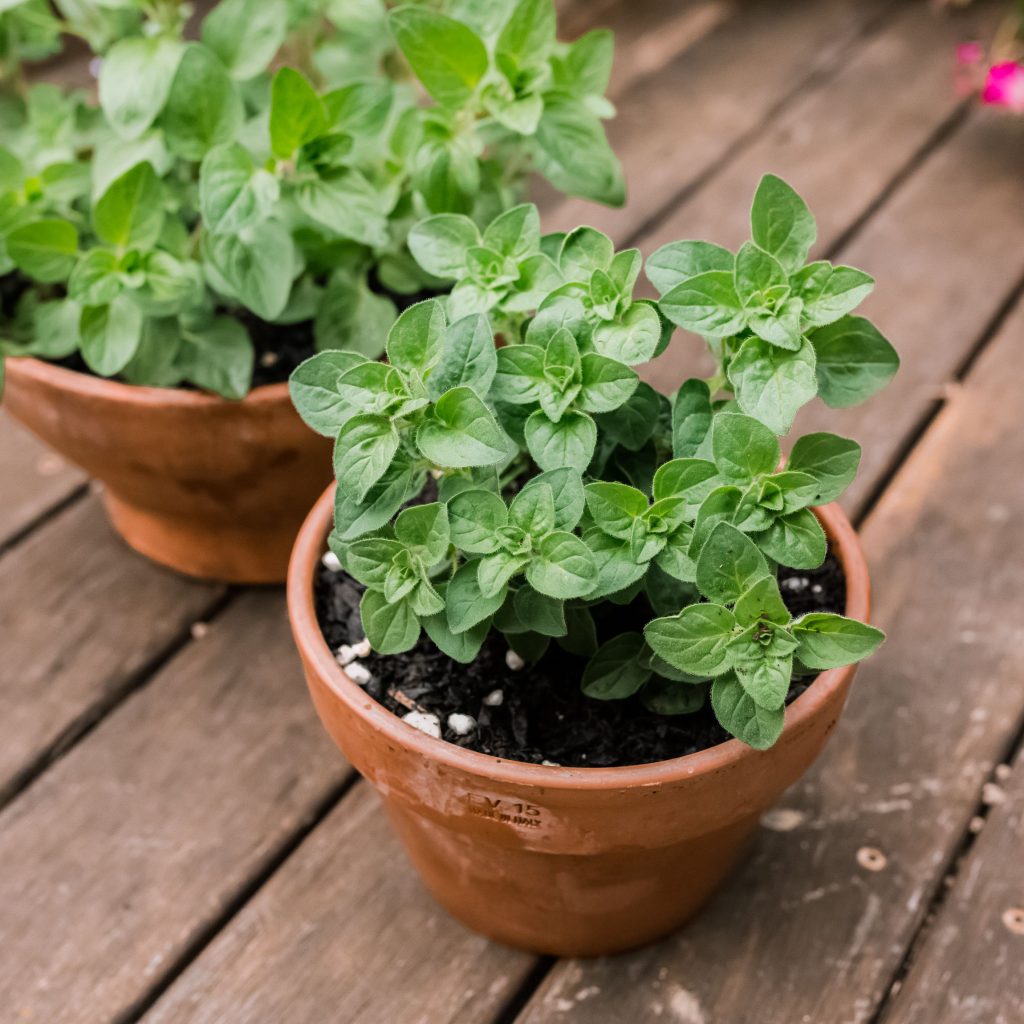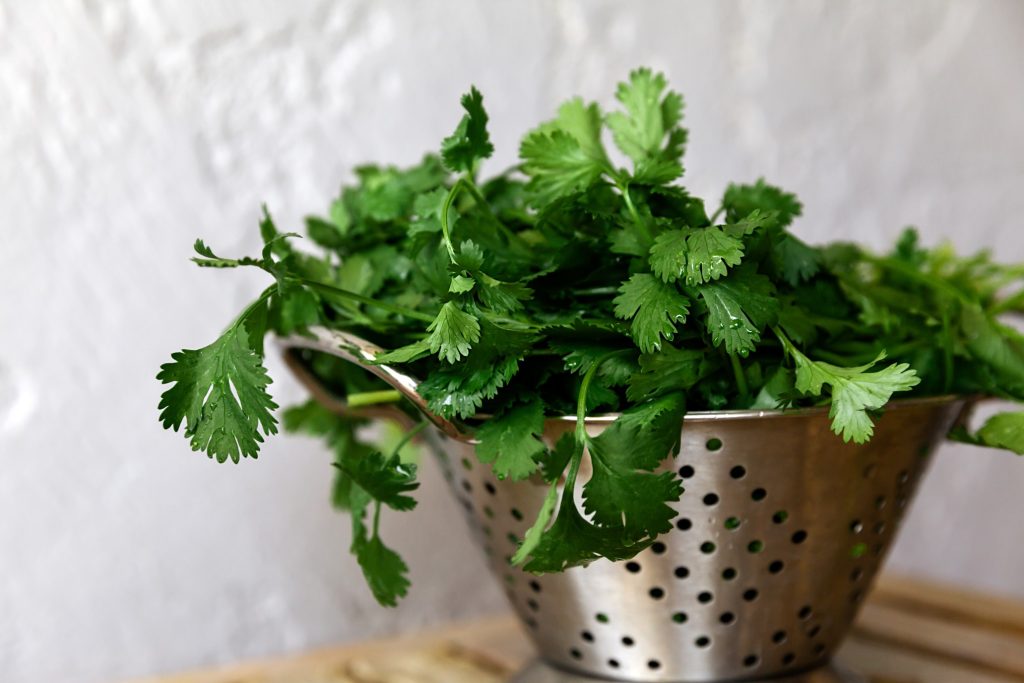What’s the first thing that generally comes to mind when you hear Oreganos? I’ll help you in one word: spices! Like thyme, curries, and the likes, but because it’s a leaf, people tend to mistake it sometimes for cilantro.
Firstly, they’re both plants, but while cilantro is accompanied by its edible companion – the coriander – oregano on the other hand exists alone.
Oregano is a herb with olive-green leaves and purple flowers, it serves as a seasoning for food and is also believed to serve as a treatment for certain health conditions. It comes from Lamiaceae, which is a flowering plant in the mint family. It also contains anti-inflammatory, anti-oxidant, and antibacterial properties.
The main difference between oregano and cilantro is their flavor profile. While oregano flavor will not decrease when it is dried in fact, this is when the flavor is more pronounced, the same can’t be said about cilantro. Cilantro leaves are finely divided and can be used in fresh dishes, oregano on the other hand can be used in some Italian sauces or pizza.
The flavor and aroma of Oregano are better in the dried form than they are in its fresh form, so you can already understand why they’re more preferred to be used in their dried form. Oregano can also be in a form of oil when extracted from the leaves, and this oil is very potent and can be used for aromatherapy.
Cilantro, on the other hand, refers to the leaves and stems of the Coriander plant. It is a herb from the Apiaceae plant family and is used in several Mexican and Asian dishes.
When dried, the cilantro flavor is quite subtle but present enough that you will be able to identify it. Dried cilantro will not be an effective substitute for fresh if you are cooking for true cilantro lovers. That is to say, it’s best to cook cilantro fresh, unlike oregano.
Many people think that both plants have the same characteristics, but I can assure you that there’s a gulf of differences between them. They’re so different that one cannot easily be replaced by the other. Below, the questions that define these differences are answered.
What Is The Difference in Their Taste?
Oregano like many other herbs has a unique taste, it has a potent flavor that gives it a peppery taste with a slight bitterness, and it offers a balance between sweet and spicy.
Cilantro on the other hand has a bold herbal flavor that is impossible to miss. It has a burst of flavors, a slight citrus taste as well as a stronger taste of parsley. However, persons that dislike the taste of Cilantro say that it tastes like soap.
What is The Texture of Oregano and Cilantro?
Oregano appears to be a shrub-like herb, however, looks indeed proves to be deceiving as the plant is soft and fuzzy when made contact with.
Meanwhile, Cilantro resembles the leaf of parsley, it has a crunchy yet tender feel. The Cilantro stems are not stringy when felt or chewed, they are just as tender as the leaves and edible as well.

Which Meals are Appropriate For Oregano and Cilantro?
Oregano is commonly used in tomato-based recipes such as pizza and pasta sauce.
Oregano also mixes perfectly with olive oil to make marinades for lamb, chicken, and beef meals. It is also a great spice for Greek salads, Lemon roasted potatoes, grilled shrimp, and grilled chicken to mention a few.
Cilantro’s unique burst of flavor makes it an amazing food spice especially when mixed with olives, avocados, and limes. Meals such as fried rice, guacamole, Mexican scrambled eggs, avocado mashed potatoes, salsa, and grilled lobster, are amazing picks to spice up with cilantro.
Why Eat Oregano, or, And Cilantro?
Oregano as an antibacterial agent is instrumental in fighting bacterial infections when present in the body. It is also packed with antioxidants that help prevent cell damage, it serves as a great source of fiber, vitamin K, iron, manganese, vitamin E, iron, tryptophan, and calcium.
Some say oregano helps with coughing as well.
Cilantro is packed with a lot of Microsoft nutrients that make it a healthy spice. It lowers blood sugar, improves heart health, protects the body from toxins, and, protects one from oxidative stress. Studies have proven that it reduces anxiety as well.
What Substitutes can replace Oregano and Cilantro?
Interestingly, despite being compared, Oregano and Cilantro are not suitable substitutes for each other.
So what is a good Oregano substitute? Your best bet is the Marjoram. Oregano and marjoram both belong to the mint family and the similarity is that oregano is often called “wild marjoram.”
Marjoram’s flavor is milder and more floral than oregano’s, which is sharper and more assertive, so Oregano is more like marjoram with a stronger taste. A decent second choice as a substitute for Oregano is Thyme.
If you need a good cilantro substitute, look for this fresh herb instead: Basil. Cilantro is incredibly delicious, but if you like cilantro, then you definitely would also like to bond with its close cousin; Parsley. Being Grassy and green, in nature, parsley is a very close cousin to cilantro.

How Oregano And Cilantro Are Grown
Oregano is a perennial plant, it can either be grown using seeds or cuttings from a growing plant.
It is easy to nurture because it does not require a lot of water to grow, it thrives in the sun and proper trimming encourages it to sprout more leaves. It is also self-seeding, so it grows back after it is harvested.
Cilantro also needs a lot of sunlight to grow, it needs to be watered more often than an oregano plant, it can be harvested as early as 3-4 weeks after being planted. Cilantro has to be sown afresh after harvest because it does not possess the self-seeding nature of Oregano.
Conclusion
These two plants differ in many characteristics such as their life, care, benefits, facts, etc.
Oregano and Cilantro are both powerful spices that have been incorporated into different meals across the world. However, they are very different from each other, in nutritional value, appearance, plant family, growth, planting patterns, taste, health benefits, and so on.

